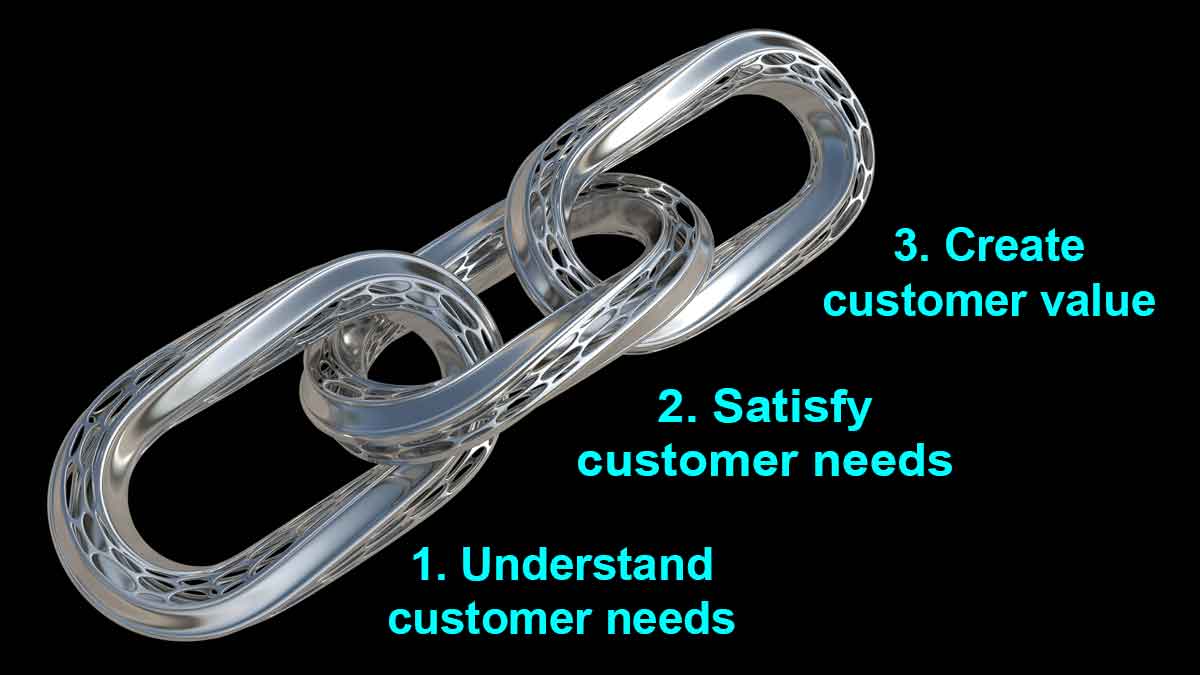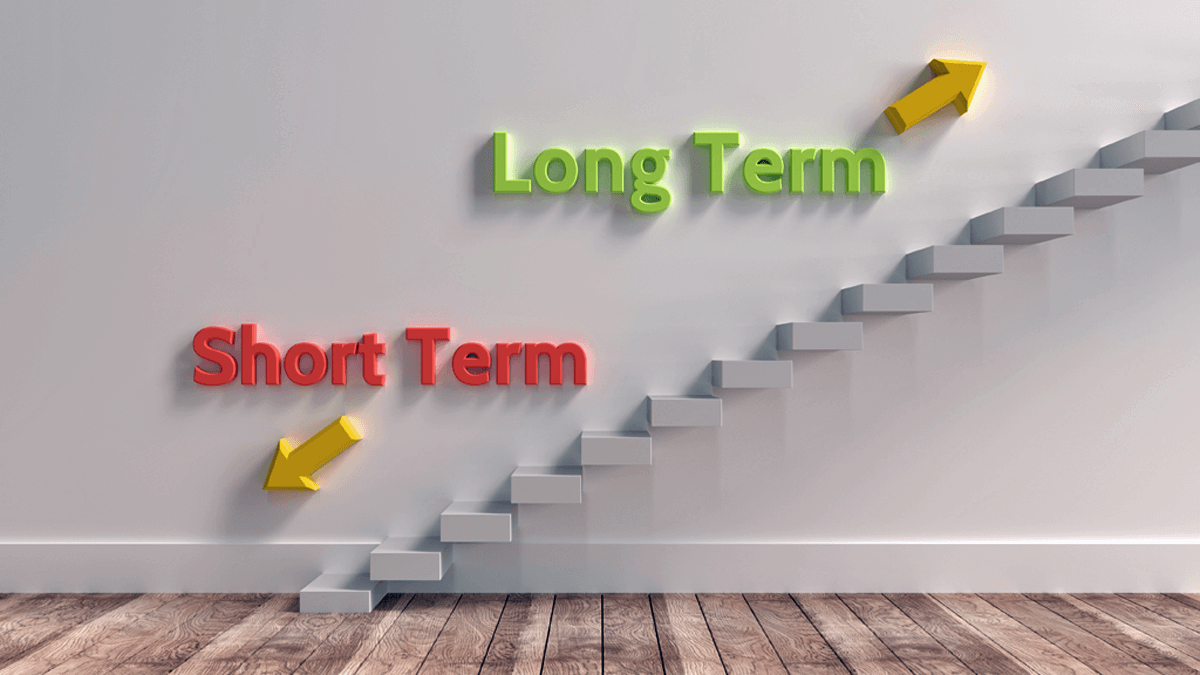When it comes to transformational R&D projects, clever project de-risking is only half the battle. The other half is gaining the confidence of the entire leadership team. Few teams do this well. Instead they assemble detailed PowerPoint presentations focused on the project’s good points. Within 3 or 4 slides, they confound everyone except their sponsor, the technology head.
More in article, How to de-risk projects and overcome management doubt
Here are your choices: 1) quality upgrades, 2) productivity gains, 3) cost cutting, 4) sales training, 5) customer intimacy, 6) global expansion, 7) acquisitions, and 8) market-facing innovation. There’s only one correct answer and it’s #8: market-facing innovation. The others may be fine initiatives, but they won’t deliver growth that is rapid, profitable and (especially) sustainable. Not so sure about that?
More in article, Is it time for a growth capability diagnostic assessment?
Reliable growth boils down to three linked principles. 1) Your company’s only path to profitable, sustainable organic growth is to create customer value. 2) You only create customer value when you satisfy customer needs that were important and unmet. 3) You must first understand customer needs. You cannot efficiently, effectively improve that which you do not fully comprehend. So it’s time to stop thinking about voice-of-customer as just “one more initiative.” It’s much more. It’s the first link in the growth you want.
More in article, Predict the customer’s experience with modeling.
If you’re a business leader, you obviously can’t personally take all the training your people take… you’re simply too busy. But there are times where you should sit elbow-to-elbow learning what the rank and file learn. This is true if a) most of the organization is learning this topic, b) the learning applies to your responsibility, e.g. organic growth, or c) your lack of understanding could lead to errors of omission or commission on your part. Remember, there are countless ways we can display our ignorance by what we say and do.
See video on B2B innovation training at www.NPBtraining.com.
Keep working harder and smarter, but recognize you’ll move the needle less and less in a system of diminishing returns… like wringing out the last bit of productivity or quality. But when you focus on understanding customer needs better than competitors, your insights and new product innovations—and resulting revenue—will keep coming. Increasing returns. A wonderful system to work hard and smart at.
More in white paper, Catch the Innovation Wave.
We call our bosses “leaders” out of respect for their organizational position. But have they learned how to drive B2B organic growth? In fairness, we provide training to the rank and file so they can develop new skills… but we expect our busy leaders will somehow “pick up” what’s needed. We’ve compiled 30 lessons for business leaders in the e- book, Leader’s Guide to B2B Organic Growth. You can even sign up to receive a 2-minute weekly video lesson for 30 weeks… an executive short-course in leading growth.
More in article, B2B Organic Growth: 8 top lessons for leaders
Our research shows “strong value propositions” are the #1 driver of B2B organic growth: The ability to develop such value propositions separates the “winners” and “losers.” Here are the 3 growth drivers (out of 24) that show the greatest competency differences between these winners and losers: #1 Front-end Work (creating a compelling business case), #2 Market Concentration (disproportionately focusing resources on attractive market segments), and #3 Customer Interviews: (gaining the insights needed to establish your value proposition).
More in research report, What Drives B2B Organic Growth?
Let’s see: How about gymnasts… golfers… chess masters… rock climbers. Yep, anyone who seeks the championship focuses intently on first building their capabilities and skills. They know this is the only way to get superior results. But what about many business leaders? Do they fixate more on capabilities or results? It seems many “show up” each quarter hoping for great results, without having done anything meaningful to build growth-ensuring capabilities.
More in article, B2B Organic Growth: Moving to earned growth
Imagine you’re a long-distance runner and some spectators in the stands have side-bets on how you’ll do this lap. Would you pay attention to them? Would you increase your pace just to make them happy… and lose the race as a result? This is precisely what you do when you pursue quarterly results “at all costs.” Remember, Wall Street analysts don’t give a fig about your company’s long-term well-being. That’s your job.
More in article, B2B Organic Growth: Moving to earned growth
Research published in Harvard Business Review showed companies exhibiting long-term behavior have higher revenue, earnings, job creation, and market capitalization. Clearly, the key to shareholder wealth is long-term behavior, not short-term. If you’re at a financial review discussing revenue, price and margins, you are engaged in a spectator sport. What if your meetings three years ago focused on developing blockbuster products? That was a participant sport, because your longer time horizon allowed you to impact future financial performance. Not just talk about it.
More in video, Leader’s Guide to B2B Organic Growth series, Video Lesson #7
Do you want to think only about your next move, or think five moves ahead? Here’s a 5th order plan to maximize shareholder wealth: 1st Order: Develop superior customer insight capabilities. 2nd Order: Understand market needs better than competitors. 3rd Order: Develop high-value products focused only on these needs. 4th Order: Sustain superior growth from these products. 5th Order: Impress shareholders with your proven growth track.
More in article, Stop Stifling B2B Organic Growth with 2nd Order Effects
Every business leader becomes known for something. You might be a remodeler, always “fixing the place up.” Improving productivity or quality is helpful, but nothing new is created. Others are decorators, trying to boost “curb appeal” every quarter. Yet others are realtors, focused on M&A, not organic growth. Your company was founded by builders. Be the builder focused on delivering value to customers, so your business grows… and your employees enjoy stable, rewarding careers.
More in video, Leader’s Guide to B2B Organic Growth series, Video Lesson #2
There are two types of unearned growth: 1) Inherited Growth comes from great products your employees created long ago, and 2) Market Growth is driven by your customers’ growth. You influence neither today. Earned Growth occurs when you surpass competitors in meeting customer needs. Normal accounting doesn’t separate earned from unearned, but you should. You may be living on borrowed time, when you should be the master of your own destiny.
More in article, B2B Organic Growth: Moving to earned growth
In the early 1900’s the French colonial government tried to decrease the Hanoi rat population by rewarding bounties on each rat tail turned in. The second-order effects were 1) lots of tail-less rats roaming the streets, and 2) rat-breeding farms for tail harvesting. When your business leaders slash R&D spending, invoke travel bans, cut marketing staff, and delay hiring… what second-order effects will come as a result? Perhaps slower future growth? Rats.
More in article, Stop Stifling B2B Organic Growth with 2nd Order Effects













